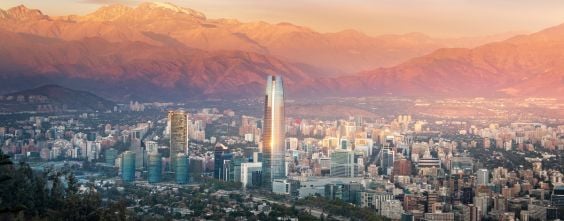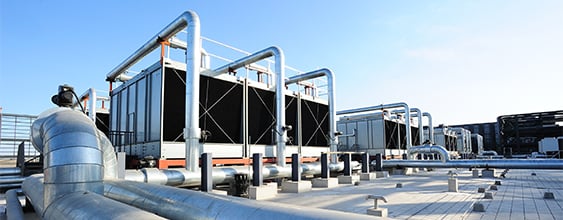Groves says, “Less than a year ago drought was considered the new normal in the region - where water consumption was eventually restricted to 50 litres per person per day. Yet, regrettably, people are quick to forget and, as the rain falls and the dams fill, it almost becomes a distant memory and the urgency to do things differently dissipates.”
“What we also forget is that there are other parts of the country where water scarcity persists, and water restrictions have not been lifted. The Eastern Cape is a case in point. The Katse Dam is sitting at 35% of its capacity and primarily feeds Gauteng, where very little water from this dam makes its way to the Eastern Cape watersheds – and this region is still very much feeling the effects of the drought. So, while Gauteng has sufficient water, we need to remember that though rain falls in Gauteng, this is not where the water in our taps comes from – because in reality this water is drawn from three different drainage basins – and we must not be lulled into thinking that everything is okay,” adds Groves.
From “new normal” to future proofing water conservation
Traditionally, disaster risk reduction planning has been centred on understanding and reducing what would be the causing factors of disasters. Specific to water; this includes addressing the needs of people in relation to water bodies – including proximity in terms of danger from water bodies and proximity in terms of having access to adequate, safe and quality water.
“More generally than just water, disaster risk reduction is centred on choices we make for our lives and the environment, which is explicitly linked to water management planning. The choices, for example, will relate to how we grow our food, where and how we build our homes, what kind of government we choose, how our financial systems work and even what we teach. Each decision and action will make us as society, specifically, more vulnerable or more resilient to a disaster,” says King. “And, if we are to move towards more sustainable and future proofed models of water conservation then we must start adopting and implementing more proactive mechanisms and that take all current and future potential water resources into account.”
Groves indicates that, “To support continued and future growth – of populations, industries and economies – long-term planning must be approached with a sense of ‘societal resilience’ in mind; and resilience that can withstand socioeconomic and climatic changes well into the future. Such planning must also incorporate a vision to compensate for extreme weather changes and immediate - or imminent - environmental threats.”
“In truth and quite ironically, we need to be treating our current water resources as if we are in the grips of drought conditions, no matter where we are in the country. Doing so will entrench a countrywide stewardship and culture change towards water consumption and conservation; where responsible and sustainable actions to preserve water resources will become fundamentally central to our way of life. This will not only aid in securing future water reserves for the next few years beyond the current drought – but for future generations too,” concludes Groves.















